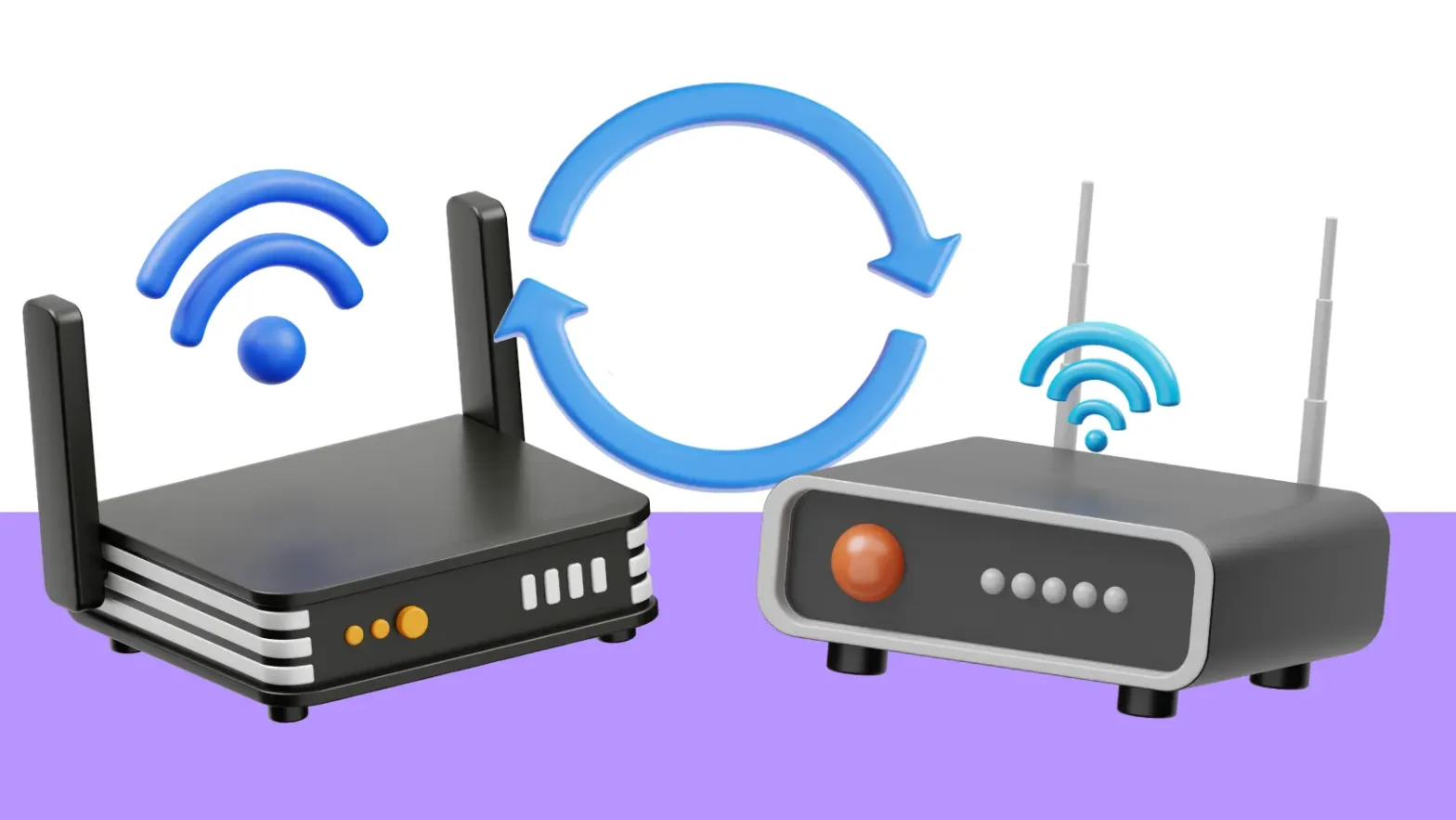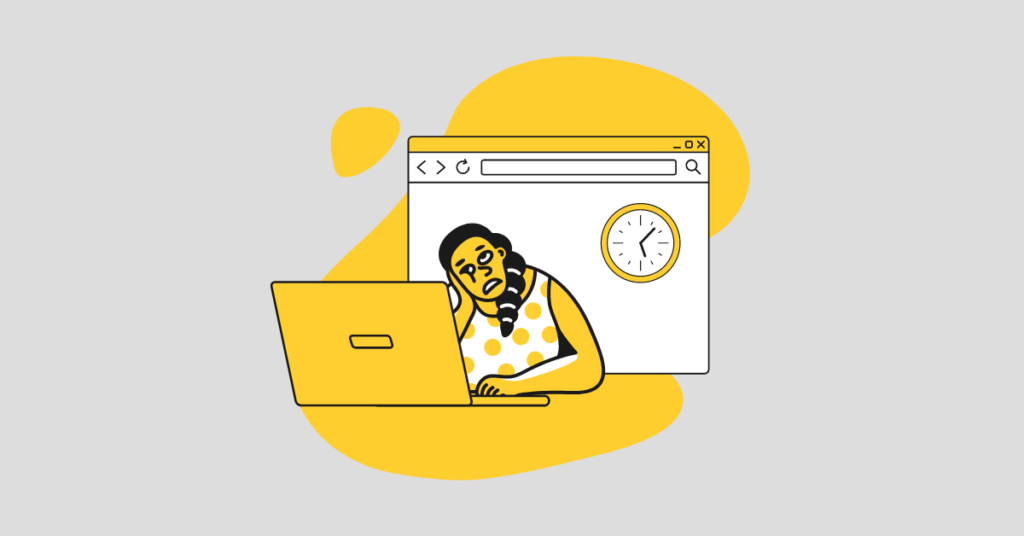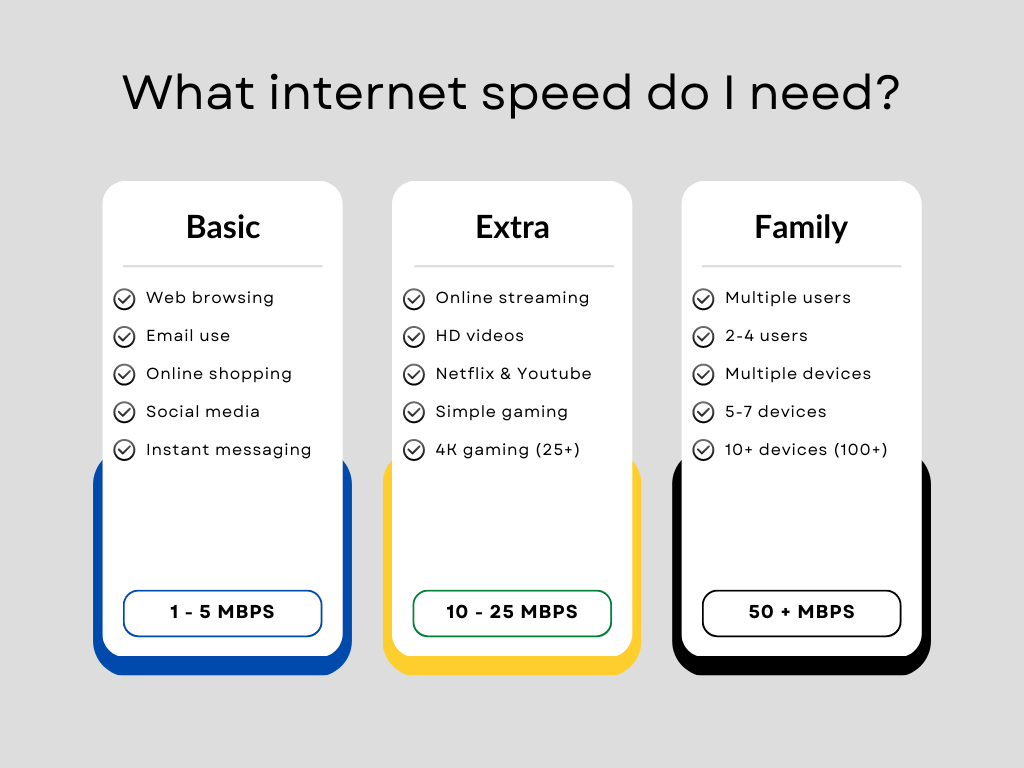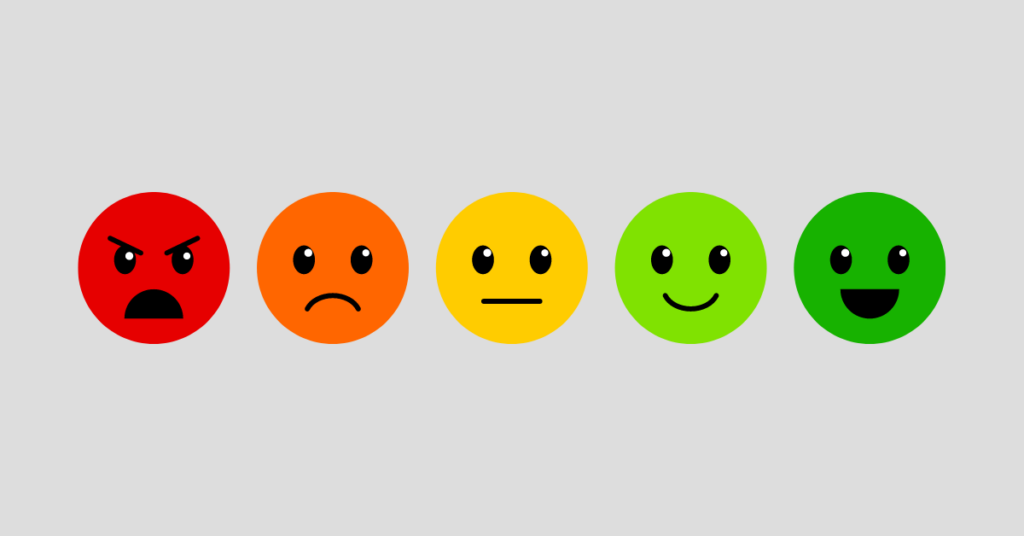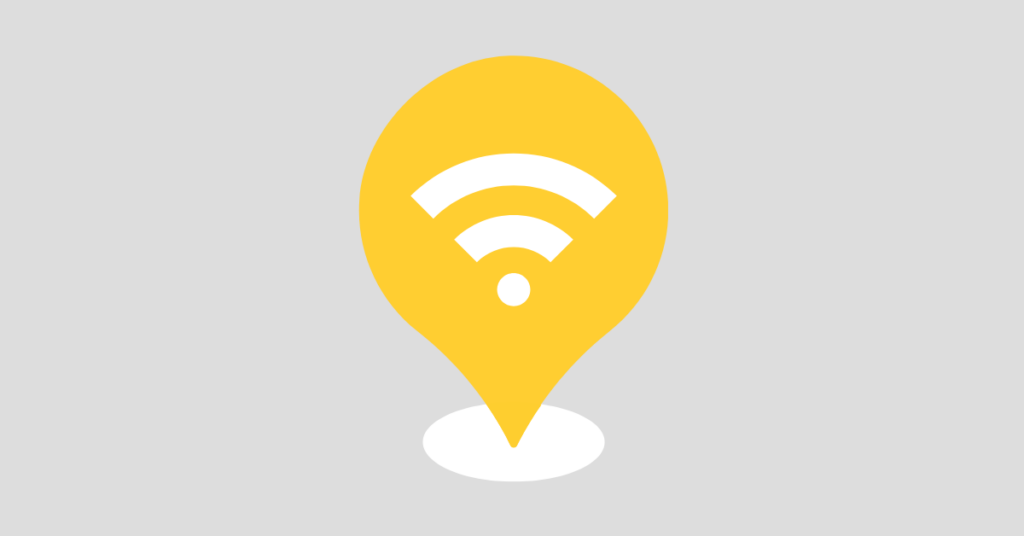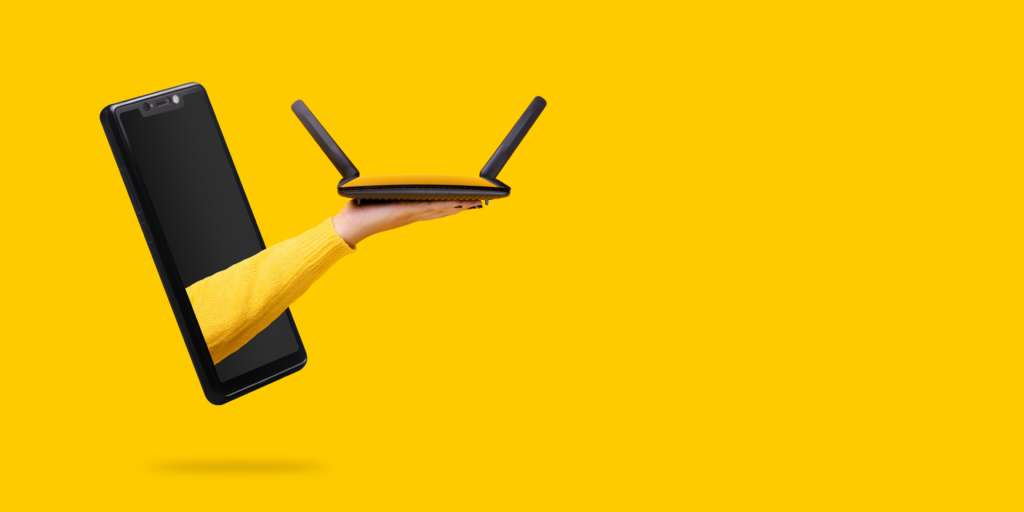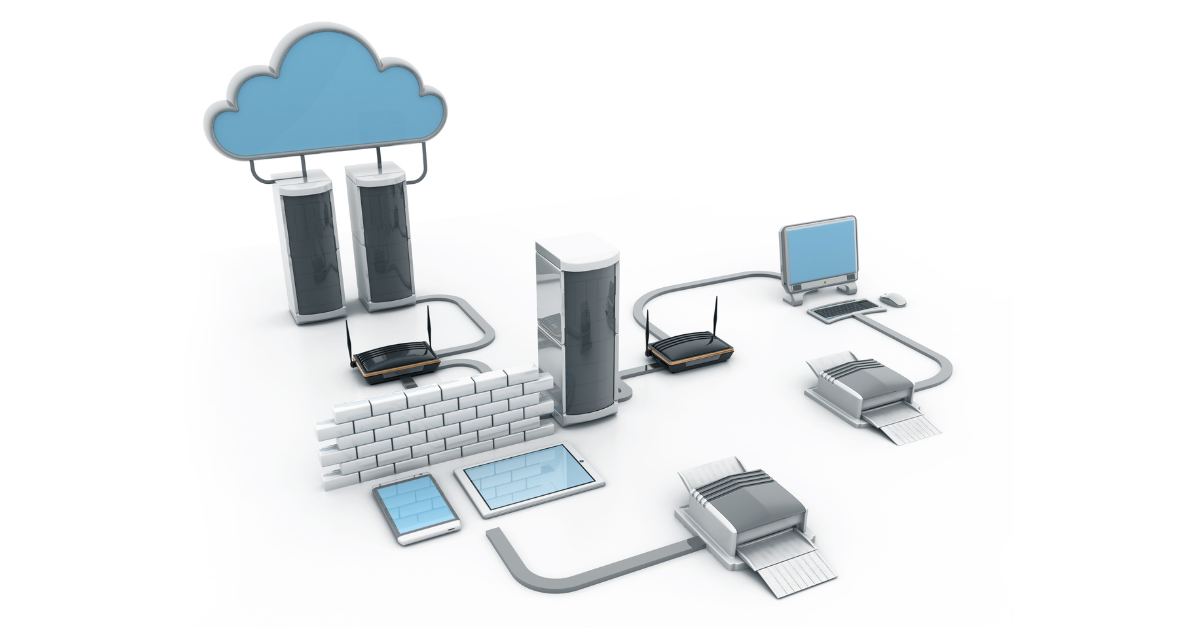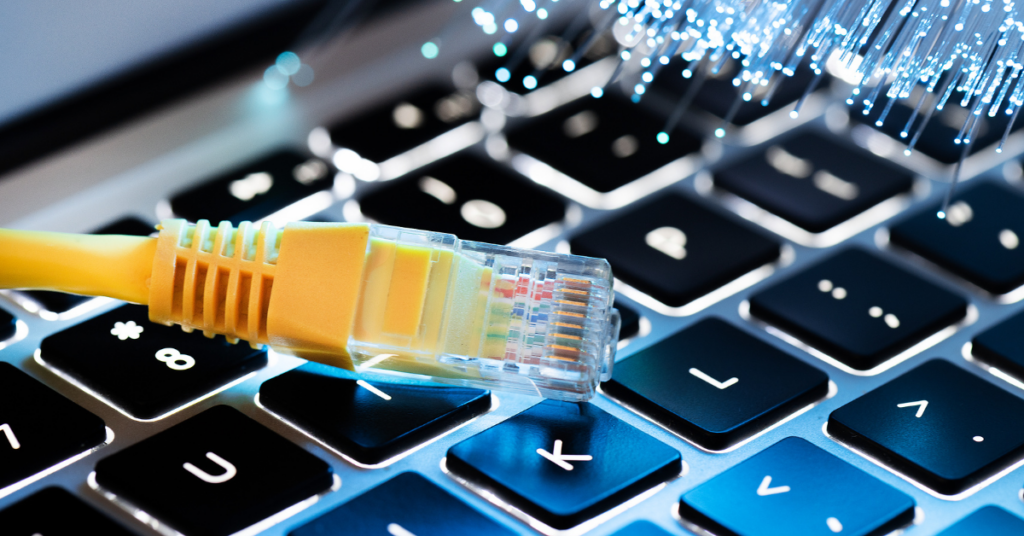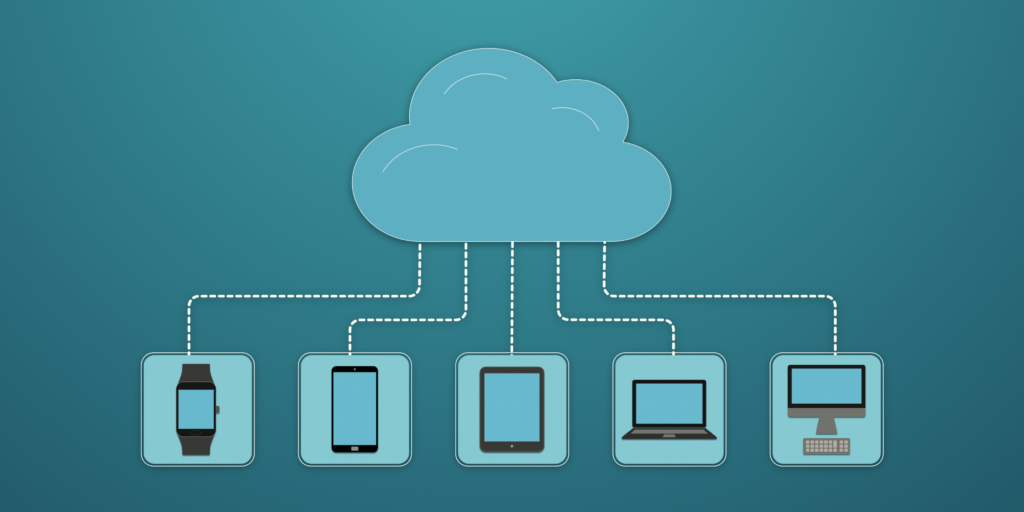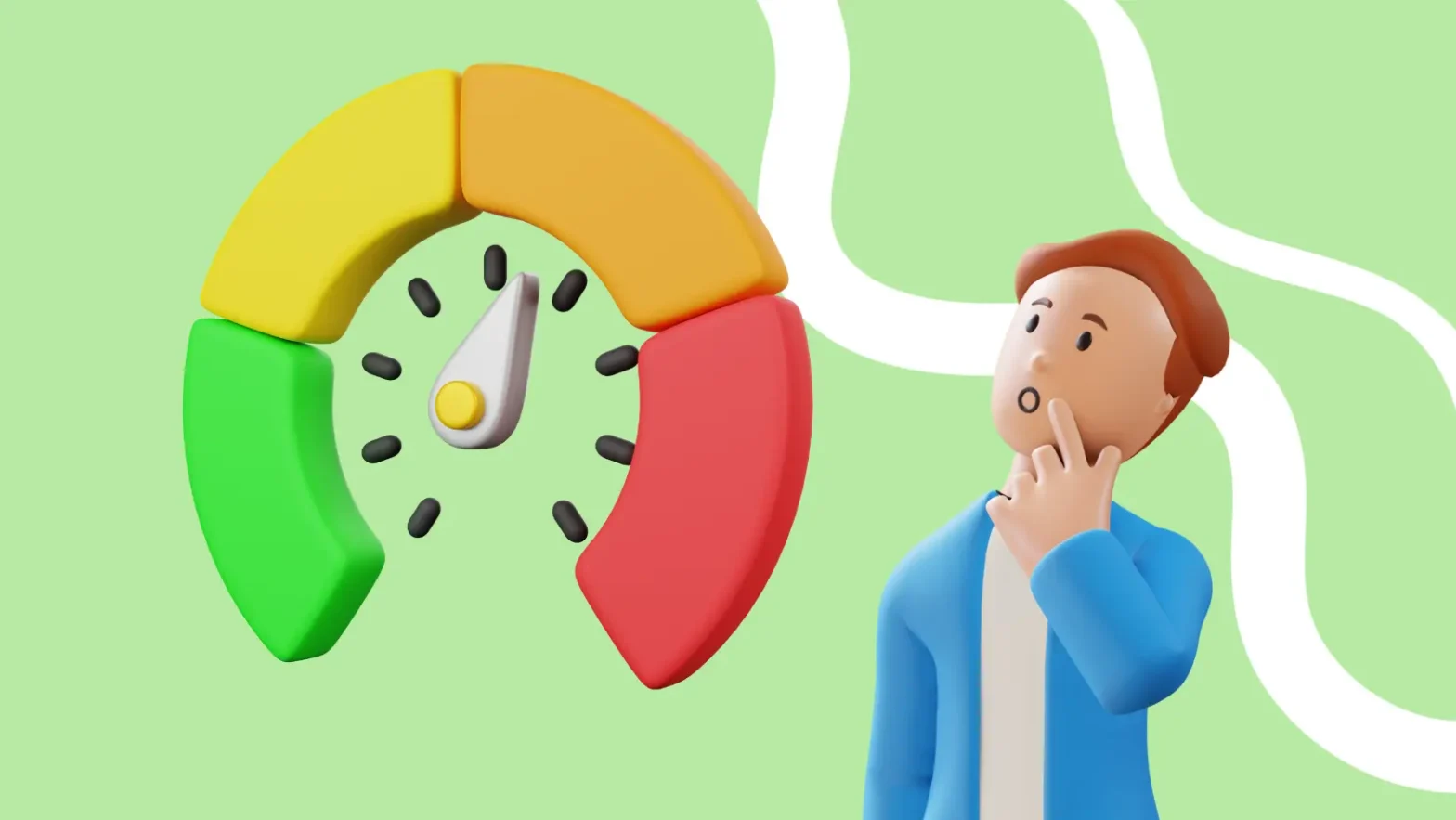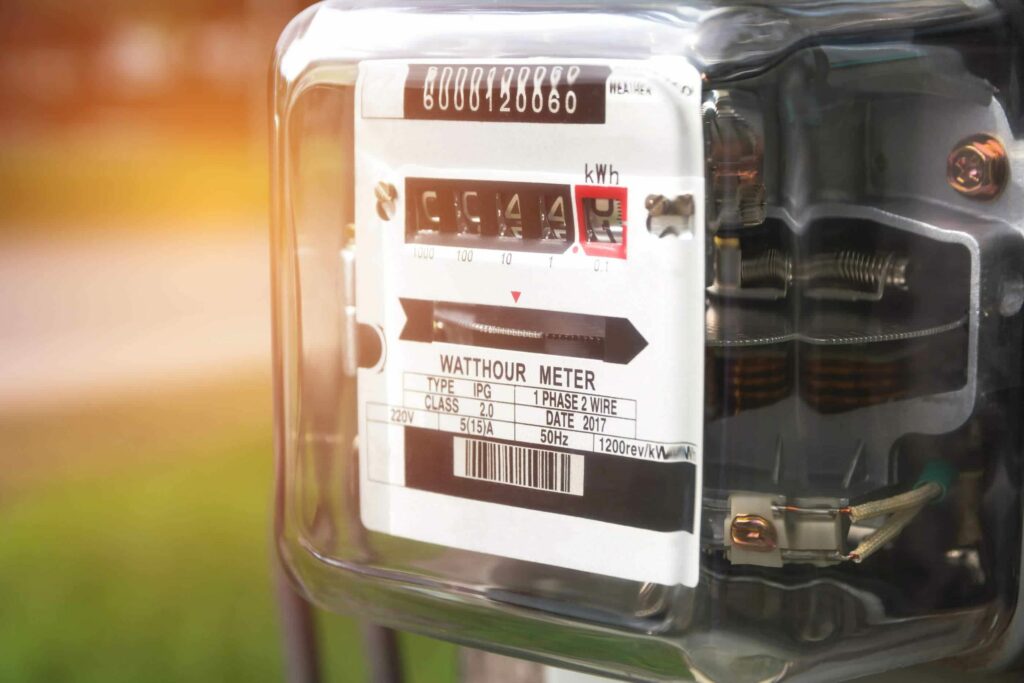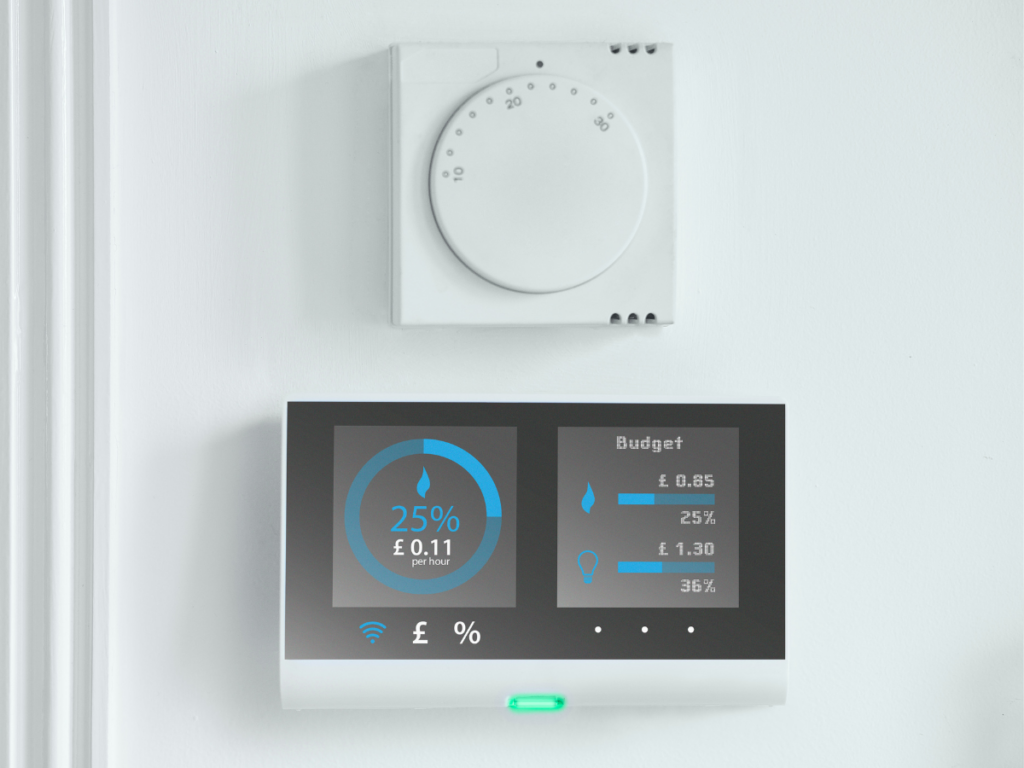In recent years, people worldwide have become increasingly concerned about the impact of human activities on the environment. One of the most pressing issues facing us today is transitioning from fossil fuels to renewable energy sources. Green energy, generated from natural and renewable resources, offers an environmentally sustainable way forward.
What is Green Energy?
Green energy is one of the most thrown-about buzzwords in recent history. From introducing the concept in school lessons to becoming one of the main topics at the COP26 summit, our green energy providers have become consumer’s not-so-secret weapons against climate change.
With 137 countries pledging to reach net-zero emissions, more than 40 countries vowed to “phase down” coal. Although many countries have made policy commitments, only the UK and 11 others have passed legislation on net zero goals.
Green energy is generated from natural and renewable sources such as wind, solar, geothermal, hydropower, and biomass. Unlike fossil fuels, which are non-renewable and contribute to climate change, green energy is sustainable and has little to no adverse effect on the environment.
Live Global Historic Emission Calculator
The energy sector is the main contributor to greenhouse gas (GHG), which as we know fuels the climate change we’re experiencing more and more each year.
Only 10 countries account for about 60% of global greenhouse gas emissions, while the 100 lowest emitters only add about 3%.
And while we’re not writing this with the intention to finger-point, it’s important that we, as energy consumers, know the implications of our energy use and how crucial switching to green energy providers is.
The live calculator created by Climate Watch shows the historic emission by sector and region. Go ahead and check how it’s looking in your area. ⬇️
How to get clean energy?
We’ve established (with data!) that energy-related industries that generate power have the highest emissions. But where does that leave you as a consumer?
What is the first step to take from a consumer’s point of view? Of course, changing your energy habits and leaving a more waste-free approach is always sensible. And there are plenty of resources available scattered across the internet on how to save on your electric bill every month.
The first step might be easier than a change in habit which can take months to achieve. Start easy, and switch your energy provider to a clean energy one. Not sure where to start? We’ve got you.
TOP 10 UK Green Energy Providers
The UK is home to one of the most progressive green energy providers in the world, with costs at a fraction of the price you’d be getting in other parts of the world. Without much further ado, here are the top clean energy providers in the UK.
1. British Gas
British Gas is one of the largest green energy providers in the UK, offering renewable energy solutions to homes and businesses across the country. Their portfolio includes a range of products such as solar panels, wind turbines, and biomass boilers. They also offer energy-efficient products and services to help customers reduce their energy consumption.
2. E.ON
E.ON is one of the largest green energy providers in the world, and they have a strong commitment to sustainability. Their renewable energy offerings include wind and solar power, and they also offer smart home technology to help customers reduce their energy consumption.
3. OVO Energy
OVO Energy – OVO Energy is a green energy company that offers 100% renewable electricity and green gas. They are dedicated to making renewable energy accessible and affordable to all, and they offer a range of innovative services like EV charging and energy storage.
4. Utilita
Utilita is one of the green energy providers that focus on affordable renewable energy solutions for households across the UK. Their portfolio includes a range of green energy tariffs, which offer fixed prices for a set period of time, and their smart meters allow customers to monitor their energy usage in real-time. Utilita also offers a range of energy-efficient products and services to help customers reduce their energy consumption.
5. Scottish Power
ScottishPower is a green energy company that generates electricity from wind farms and hydroelectric plants. They also offer carbon-neutral gas and are committed to investing in research and development to advance renewable energy technology.
6. Octopus Energy
Octopus Energy is a fast-growing green energy company that provides 100% renewable electricity. They are known for their competitive pricing, excellent customer service, and innovative smart energy solutions.
7. Shell Energy
Shell Energy, formerly known as First Utility, is a green energy provider that offers 100% renewable electricity and gas. They offer smart home technology, electric vehicle tariffs, and affordable solar panel installations.
8. EDF Energy
EDF Energy is a major energy supplier in the UK, and they have pledged to become carbon-neutral by 2050. They generate electricity from a mix of renewable and traditional sources, and they offer a range of smart energy solutions to help customers reduce their carbon footprint.
9. Utility Warehouse
Utility Warehouse is a green energy provider that offers a range of renewable energy solutions, including solar panels and wind turbines, to homes and businesses across the UK. Their tariffs are competitively priced, and they offer a range of energy-efficient products and services to help customers reduce their energy consumption.
10. SSE
SSE – One of the largest energy suppliers in the UK, SSE generates electricity from a mix of renewable sources including wind and hydroelectric. They are committed to reducing their carbon footprint and promoting sustainable living.
Over to you
The world is moving towards green energy, which is the need of the hour. By adopting green energy, we can protect our planet and ensure a sustainable future for future generations. Not only does it bring about ecological benefits, but it also contributes positively to our economic growth.
Green energy is a fantastic alternative to traditional sources of energy. Renewable energy sources like solar energy are free from carbon emissions, easily accessible, and increasingly affordable. Why not switch today?






